Tactical LED Flashlight White Light Outdoor Waterproof 1600Lumens Untra-bright Torch …
$33
Description
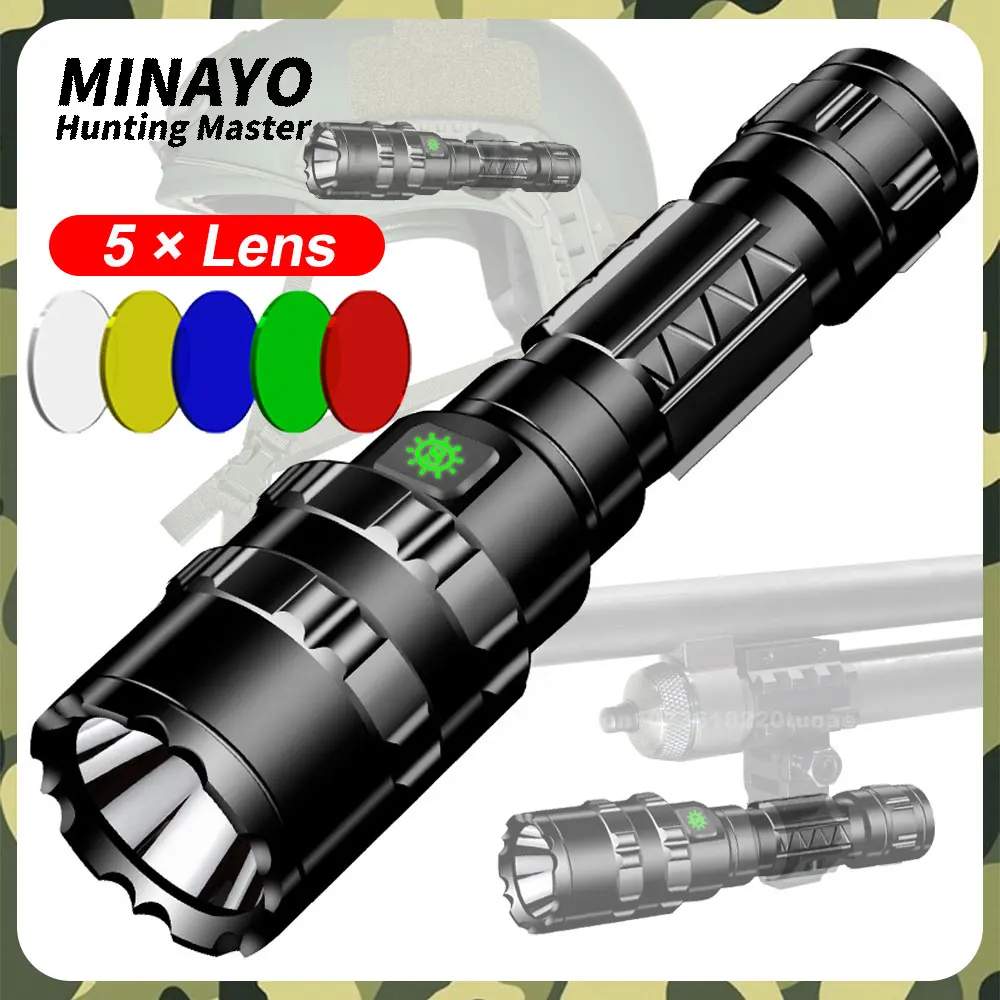





Price: 33.08
Features:
1. L2 lamp beads, high brightness up to 1600 lumens, service life 100,000 hours;
2. Lens sheet: good light transmittance, not easily damaged, strong aluminum attack head protects the lens from wear;
3. Fixed focus: good light focusing effect and long irradiation distance;
4. Middle switch: made of high-quality natural rubber, with anti-slip surface treatment. Touch the switch to switch the lighting mode, and press and hold the switch to turn off the light;
5. Battery contacts: Spring-shaped battery contact design has good electrical conductivity and effectively prevents poor contact.










White light features:
White light illumination in the dark is in line with the visual experience of our eyes, so the eyes do not need to take time to adapt. It is a color light that is comfortable for the eyes. Moreover, white light is higher than other colors of light in terms of brightness and color temperature, giving people a strong bright feeling.
Yellow light features:
To deal with water vapor and mist, yellow light is the color with the least refraction and scattering among all visible lights. In other words, yellow light has strong penetrability. Under the same conditions, yellow light travels farther than other visible light.
Red light features:
To improve efficiency, the human retina contains two types of light-sensitive tissues, cone cells that distinguish colors, and rod cells that distinguish contours. Many have only rod cells or few cone cells, resulting in insensitivity to color or even no color vision. When searching at night, you can use a red light flashlight to scan unscrupulously and make it invisible, greatly improving efficiency. Red light continues to be a very useful light color for outdoor activities. Eyes are adaptable – when the lighting color changes, the eyes need an adjustment process before they can adapt. Adaptability is divided into two types: dark adaptation and light adaptation. Dark adaptation is an adaptation process from light to dark, which takes a long time; light adaptation is a process from dark to light, which takes a short time. When we use a white light flashlight for outdoor activities, when our sight changes from bright to dark, it is dark adaptation, which takes a long time and will cause temporary "blindness". However, red light takes a shorter time to adapt to dark. It effectively avoids the problem of temporary "blindness", allowing us to treat our eyes better and maintain better night vision when we are active at night.
Blu-ray features:
Tracing the traces, most white-light LEDs actually produce white light by irradiating phosphors with blue-light LEDs, so LED white light contains more blue light components. Since blue light has high refraction and scattering rates when passing through the air, it usually does not propagate far, which means it has poor penetrability. However, traces of objects will fluoresce faintly under the illumination of blue light. Taking advantage of this characteristic of blue light, European and American enthusiasts also often use blue light flashlights to track traces and ultimately find the target.
Green light features:
There is a lot of green light that is not sensitive to this color, but the human eye is very sensitive. At the same brightness, compared with blue light, red light, and white light, the human eye will feel green light is the brightest.
In leafy outdoor scenes, most other colors will be absorbed by the green leaves, while green light can more easily penetrate the jungle. In specific scenes, green light is easier to search for darker objects, especially when blocked by dense vegetation. This advantage is most obvious, and for some experienced people, green light is not easily affected by frightened.
Vendor Information
- Store Name: Amazone
- Vendor: Amazone
-
Address:
WA
United States (US) - No ratings found yet!

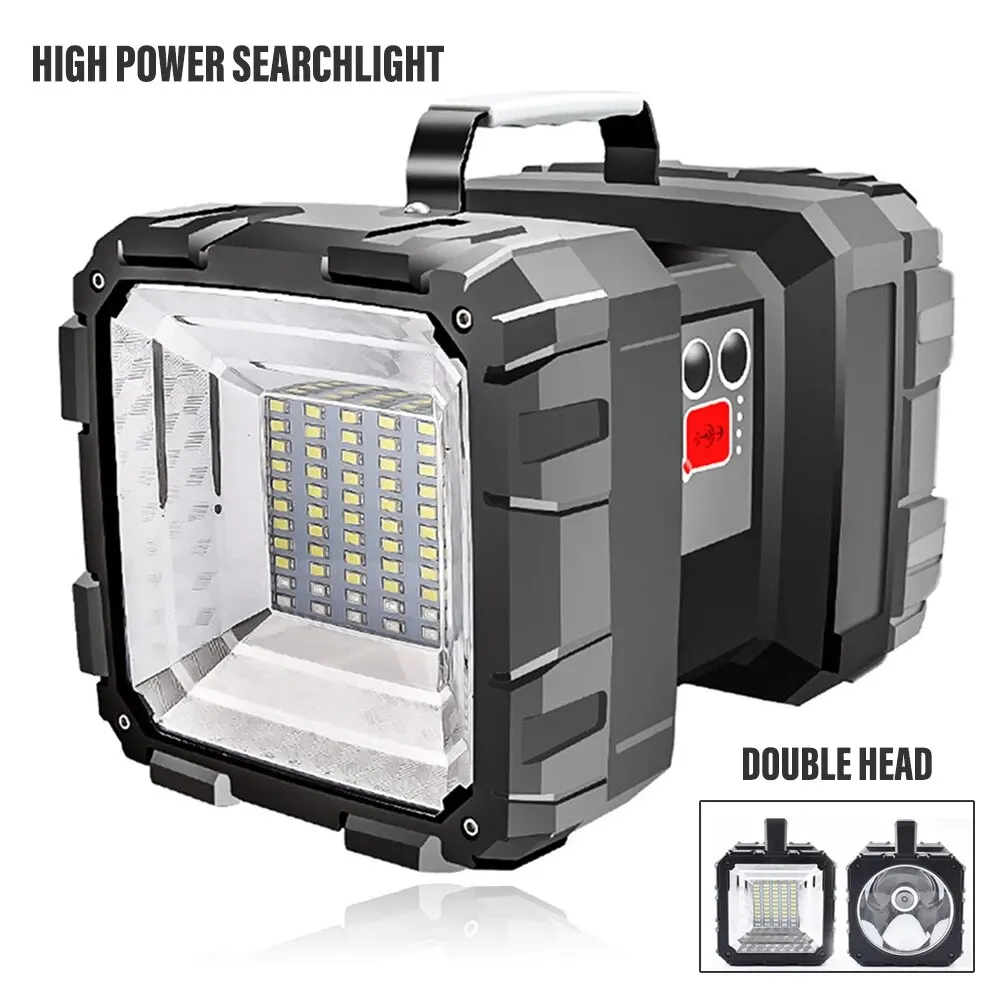
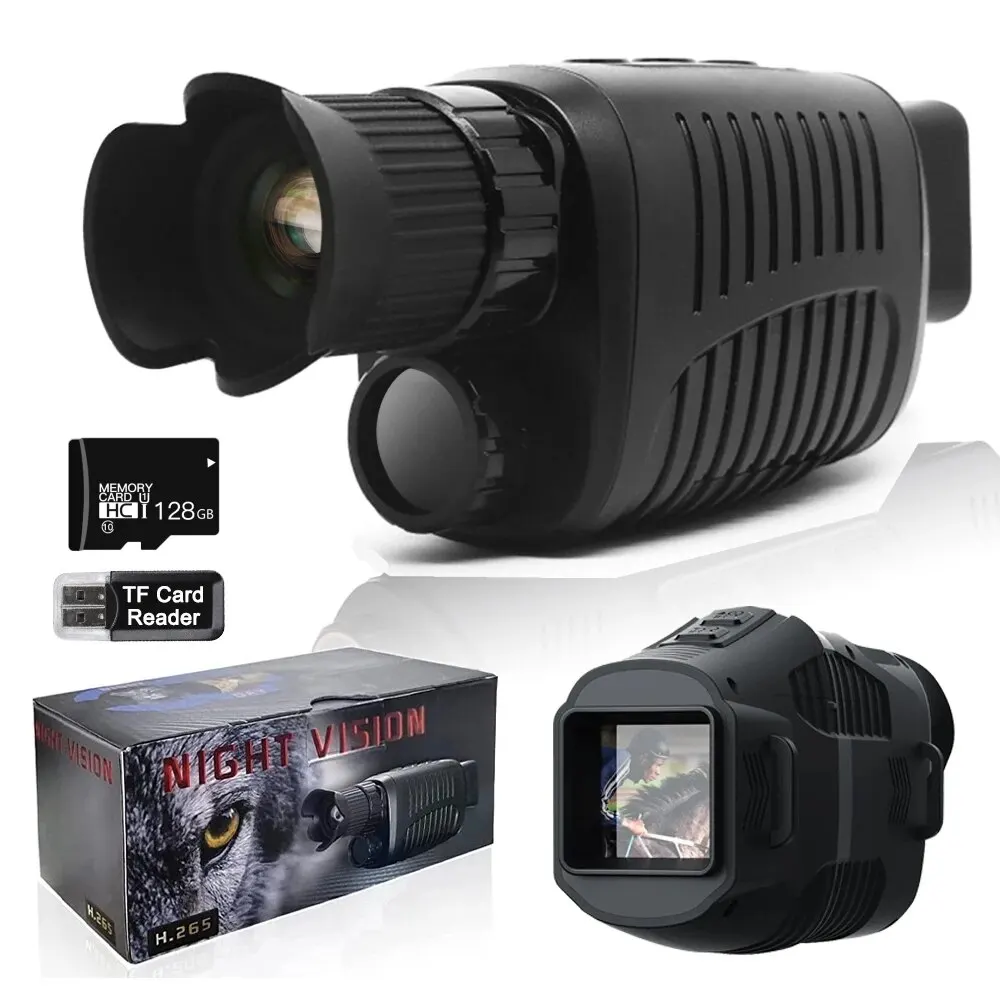


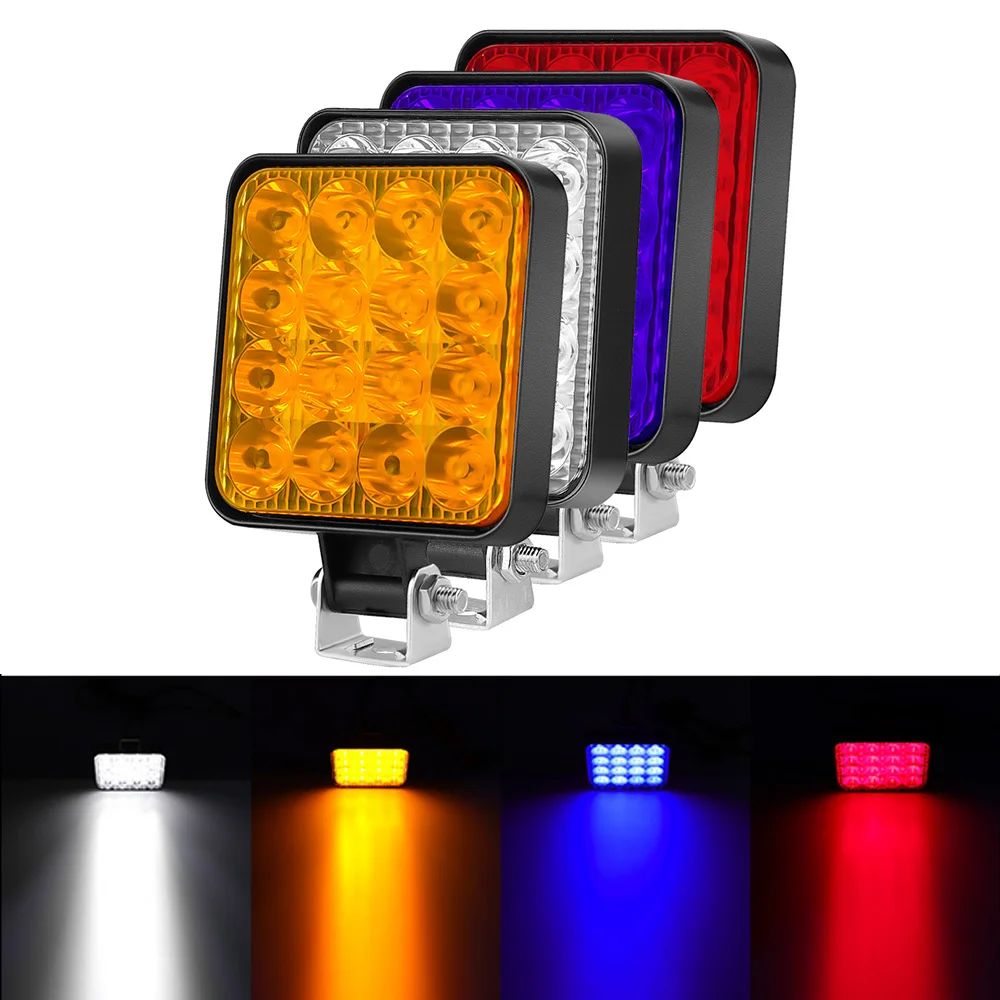



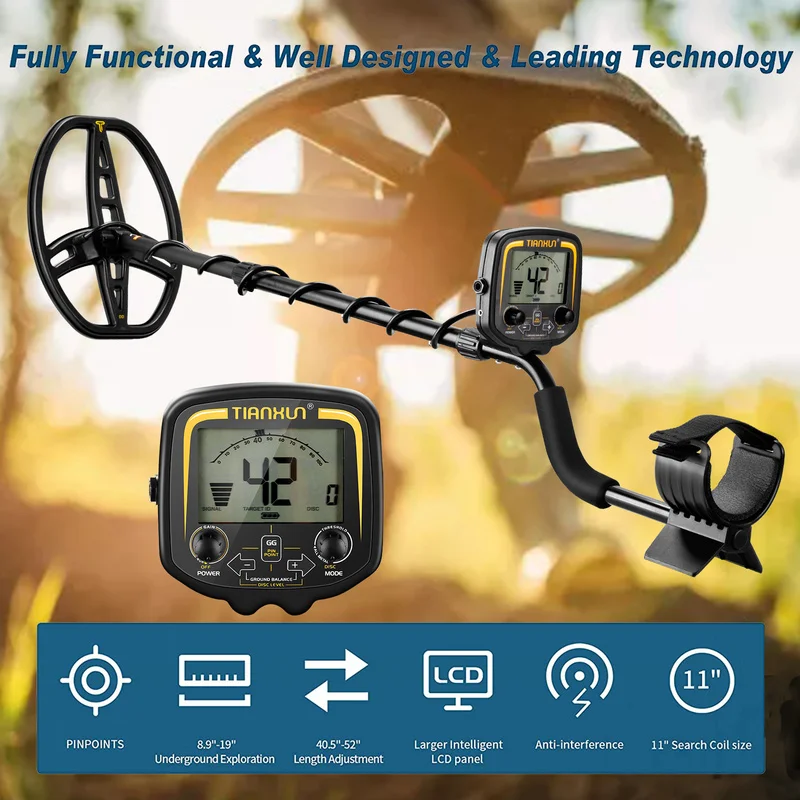



Reviews
There are no reviews yet.